The Day of Compulsory Romance is once more upon us, and in recognition of that fact we submit for your approval an alternative look at one of the symbols of romantic love: an X-ray of a rose.
Normally, diagnostic X-rays are somewhat bland representations of differential densities of the tissues that compose various organs and organ systems, generally rendered in shades of gray. But [Linas K], a physicist with time to kill and access to some cool tools, captured the images in the video below not only in vivid color, but as a movie. The imaging side of the project consists of a low-power X-ray tube normally used for non-clinical applications and a CMOS sensor panel. The second video shows that [Linas] did an impressive upgrade on the X-ray controller, rolling his own from an FPGA. This allowed him to tie in a stepper motor to rotate the rose incrementally while taking images which he stitched together in post.
Watching the interior structure of the flower as it spins is fascinating and romantic in its own right, for certain subsets of romance. And really, who wouldn’t appreciate the work that went into this? But if you don’t have access to X-ray gear, fear not — a lovely Valentine’s gift is only a bottle of ferric chloride away.
Continue reading “A Perfect Rose, A Stepper, An X-Ray Machine, And Thee”

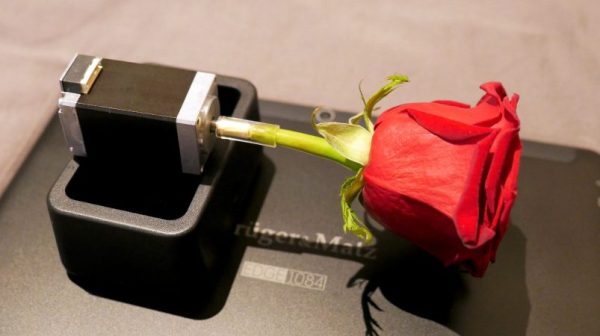
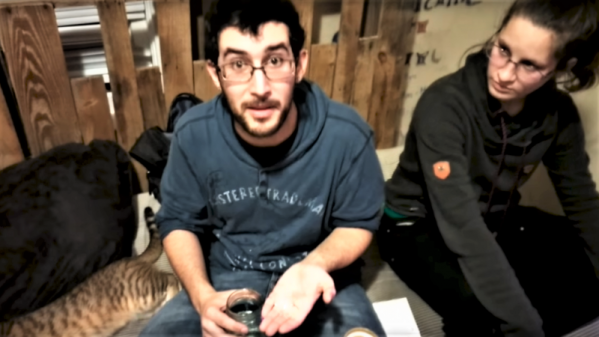
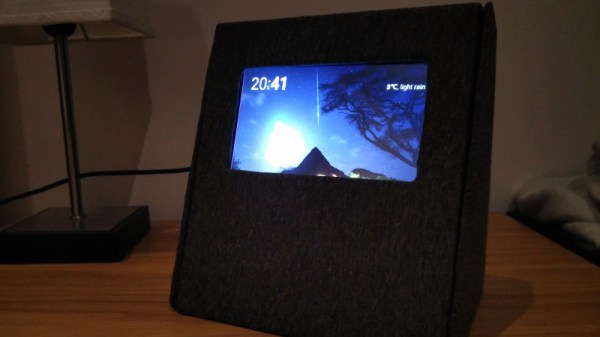

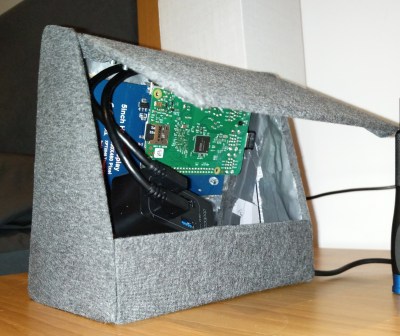
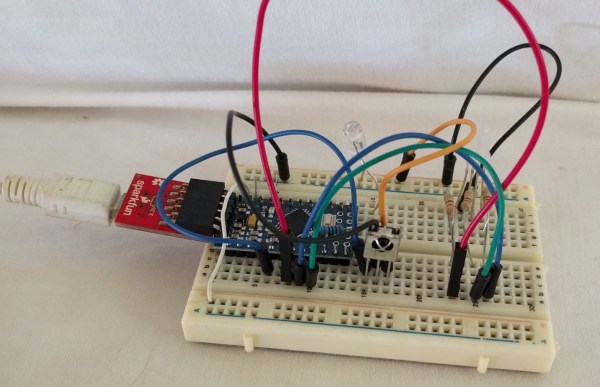
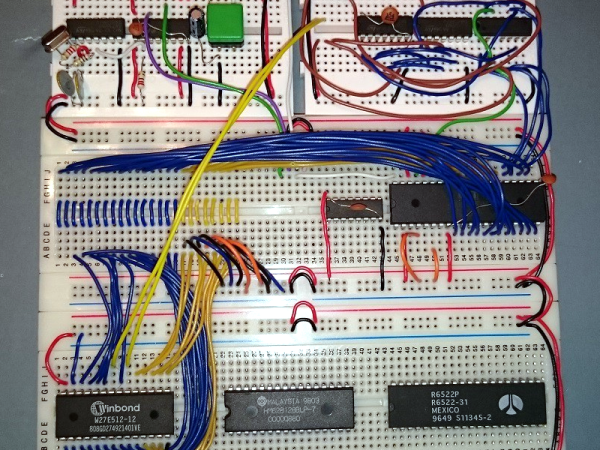
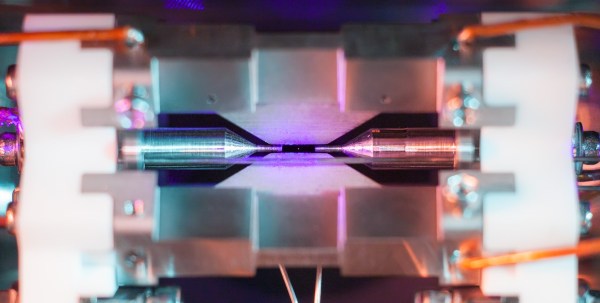
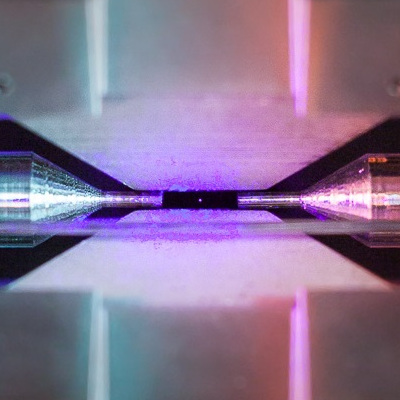 You probably learned in school that you couldn’t see a single atom, and that’s usually true. But [David Nadlinger] from the University of Oxford, trapped a positively charged strontium atom in an ion trap and then irradiated it with a blue-violet laser. The atom absorbs and reemits the light, and a camera can pick up the light, creating a one-of-a-kind photograph. The camera was a Canon 5D Mk II with a 50mm f/1.8 lens — a nice camera, but nothing too exotic.
You probably learned in school that you couldn’t see a single atom, and that’s usually true. But [David Nadlinger] from the University of Oxford, trapped a positively charged strontium atom in an ion trap and then irradiated it with a blue-violet laser. The atom absorbs and reemits the light, and a camera can pick up the light, creating a one-of-a-kind photograph. The camera was a Canon 5D Mk II with a 50mm f/1.8 lens — a nice camera, but nothing too exotic.









